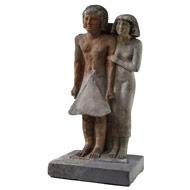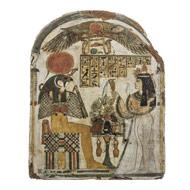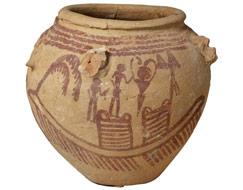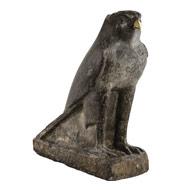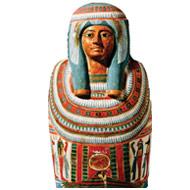Egypt
Bringing dead languages and ancient civilizations back to life
The fertile banks of the Nile River gave rise to the long-lasting civilization of ancient Egypt. Although ancient Egyptian culture can be traced back thousands of years, the beginning of the Pharaonic Period is commonly dated to the unification of Upper and Lower Egypt around 3150 BC, leading to the creation of an independent state that endured for close to 3,000 years. After the conquest by Alexander the Great in 332 BC, Egypt was successively under Greek, Roman, and Byzantine rule until the Islamic conquest in AD 642.
The Oriental Institute’s relationship with Egypt stretches back more than 100 years, beginning with James Henry Breasted’s travels to the region and the University of Chicago’s financial support of the Egypt Exploration Fund and the British School of Archaeology in Egypt in the early twentieth century, predating the founding of the OI in 1919. Ongoing archaeological fieldwork and cultural heritage projects seek to continue our exploration and preservation of ancient Egypt—one of the oldest civilizations on Earth.
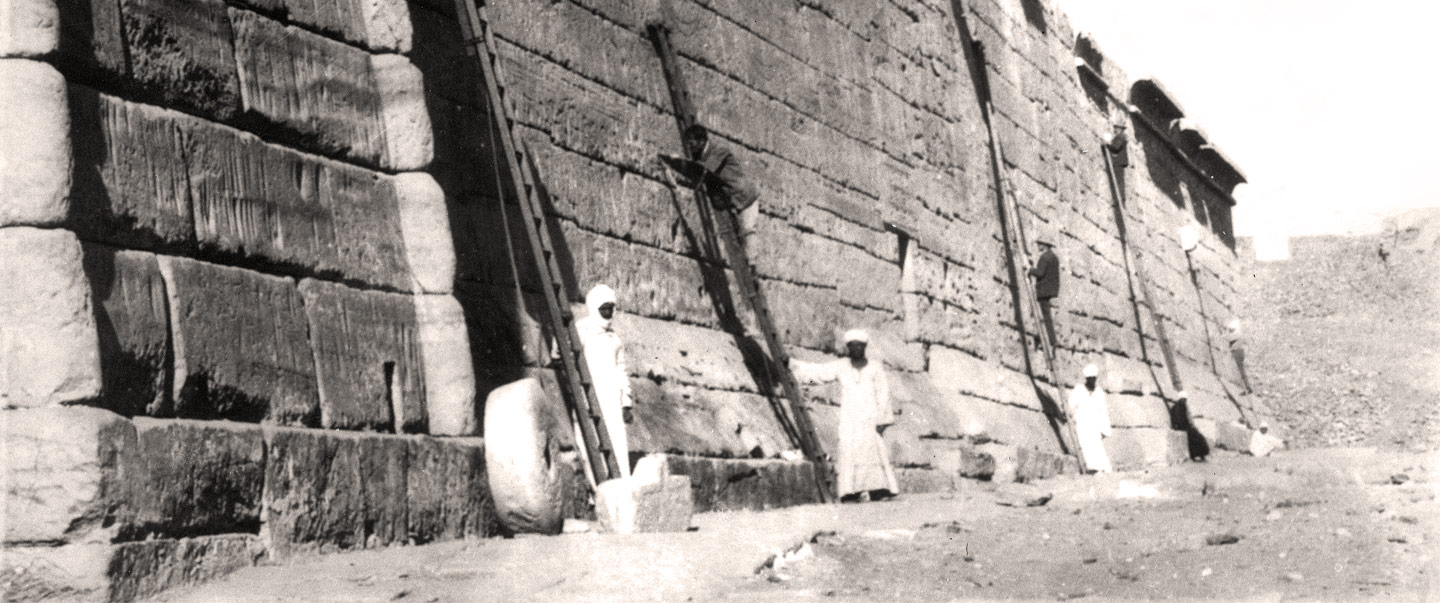
Copying inscriptions on the temple of Ramesses III at Medinet Habu in western Thebes, 1927
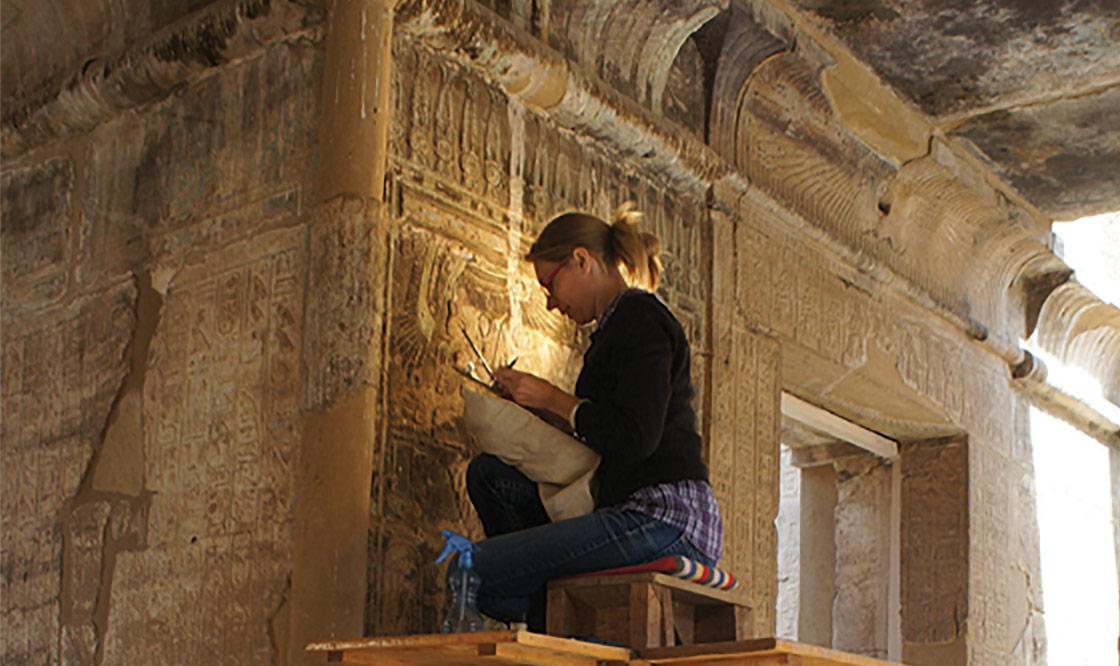
Documenting the small Amun Temple at Medinet Habu
Chicago House: Recording, interpreting, and preserving the writing on the wall
25.6872º N,32.6396º E
With a gift from John D. Rockefeller, Jr., the OI established its first expedition headquarters in Luxor, Egypt in 1924 to serve as the home for the Epigraphic Survey. Up to the present day, this flagship field project continues its commitment to the preservation of Egypt's cultural heritage by non-destructive means, specifically through documentation so precise that it could stand in as a replacement for the original monument. Using large-format photographs, ink drawings, photogrammetry, 3D scans, text translations, and field reference tolls, a team of photographers, artists, epigraphers, and other specialists, led by the field director, arduously records the inscriptions and relief scenes on major temples and tombs for publication and distribution worldwide, an epigraphic process now known as the “Chicago Method.”
Expanding on the initial mission of documentation, the Survey now undertakes conservation, restoration, site management, and conservation training. Current projects include the Luxor Temple Blockyard Fragment Database; Luxor Temple Blockyard Fragment Photographic Documentation Project; Facsimile Documentation of Luxor Temple Imperial Roman Frescos; Medinet Habu Graffiti Project; Western High Gate Survey, Database, and Epigraphic Documentation; and Theban Tomb 107 Documentation Project. The team is also leading the way in the development of digital epigraphic recording, including this year’s launch of the digitialEPIGRAPHY. Being completely open-ended, the website provides instant access to new computerized drawing methods and equipment as the team learns and tests them. The image to the right shows the Survey’s first digitally inked drawing (MHB 91).
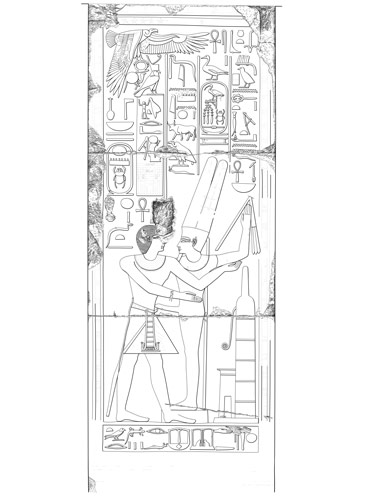
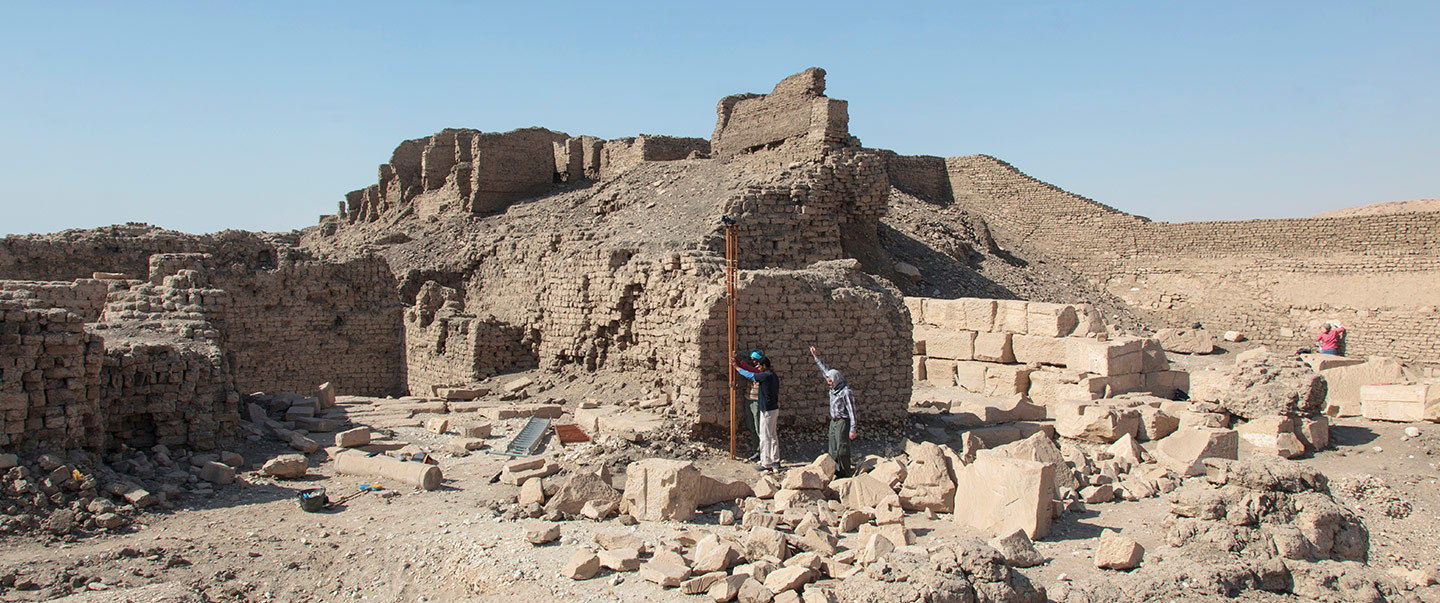
The Western High Gate of Ramesses III at Medinet Habu
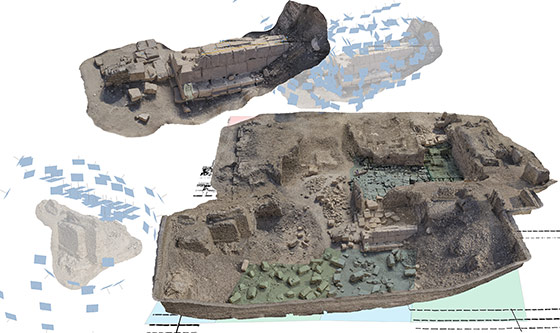
3D model of the Western high Gate area comprised of 3006 aligned photos
Reuniting the Pieces of the Past: The Western High Gate
25.7193º N
Located at the far end of the Medinet Habu enclosure, the Western High Gate of Ramesses III, decorated with exterior battle reliefs and interior scenes of the king and his household, formed a monumental entrance to his mortuary temple precinct. Destroyed and abandoned during a civil war at the end of the New Kingdom, its massive, fallen sandstone blocks were excavated by the OI during the early 1930’s, but never fully documented. Now, as part of a USAID-funded conservation program, the Epigraphic Survey is completing the work. Each of the more than 1,100 remaining blocks and fragments has been registered and entered into an electronic database, and large-format photography and computerized facsimile drawings of the corpus are in progress, along with 3D photogrammetric reconstructions of fragment groups. Our goal is the full documentation, virtual reconstruction, publication, and partial re-assembly of this massive, yet hitherto unrecorded component of Ramesses III’s temple complex.
FROM THE OI
La methode de Chicago s'approche à perfection.
Claude Traunecker, "Karnak, résurrection d'un site" (1984)
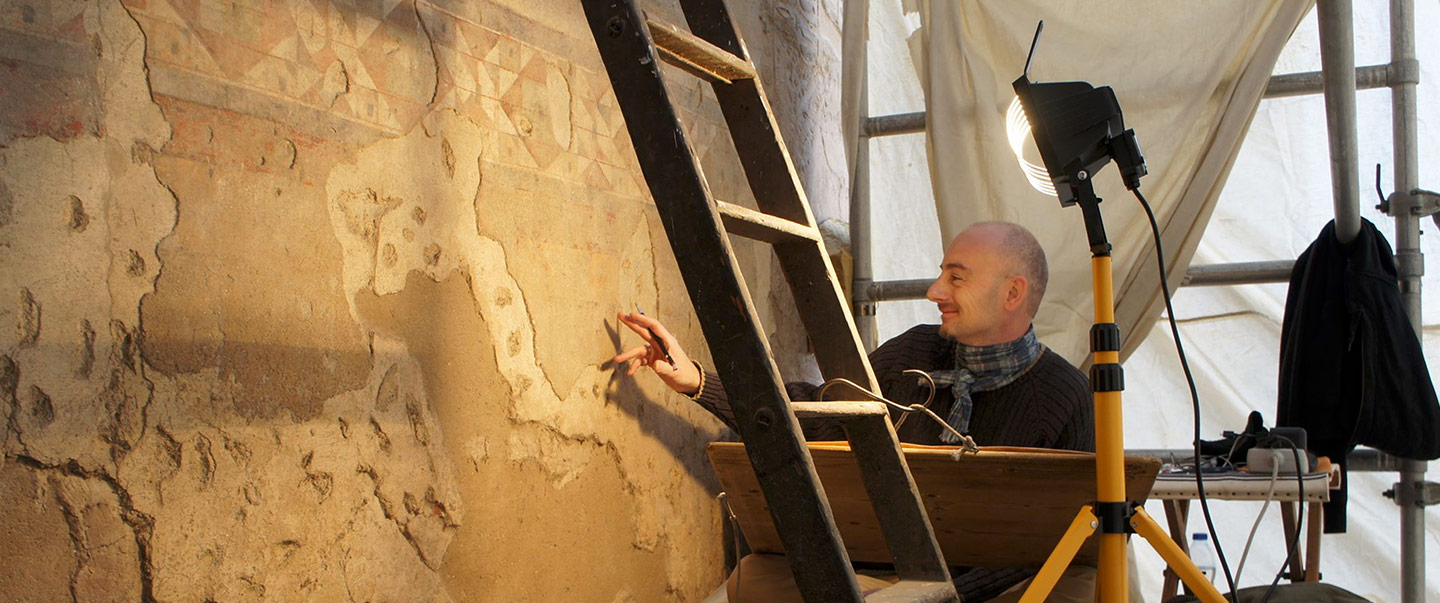
Facsimile documentation of Luxor Temple imperial Roman fresos
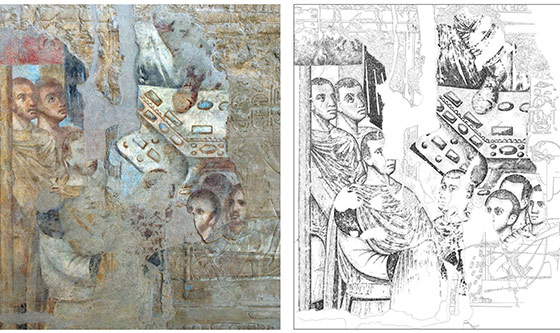
Color Photo of Roman fresco and drawing
Drawing Back the Layers of Luxor’s Imperial Past: The Roman Frescos
25.6995º N, 32.6391º E
One of the Epigraphic Survey’s current projects is the Facsimile Documentation of Luxor Temple Imperial Roman Frescos. At the end of the third century AD, the central chamber of Luxor Temple was converted from a Pharaonic hypostyle, decorated for Amenhotep III, to a Roman-style ceremonial hall to celebrate the cult of the deified Emperor Diocletian and his fellow Tetrarchs. The New Kingdom raised-relief decoration was covered with a thick layer of plaster, upon which was painted a series of fresco panels depicting the Imperial court in all its splendor. Cleaned and conserved in 2007 by the American Research Center in Egypt, the frescos were recorded in color by Epigraphic Survey. Now, using a suite of newly-developed digitized drawing techniques, the Survey is making a series of highly accurate facsimile drawings of both the Roman frescos and the underlying 18th Dynasty relief carving, juxtaposing the two layers in a manner that was never before possible.
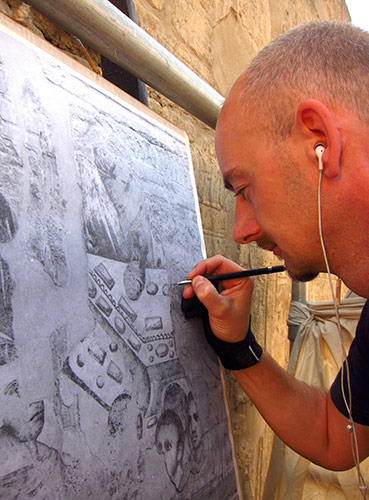

Annuity contract written the Demotic script
Chicago Demotic Dictionary: Decoding the “script of the people”
The Chicago Demotic Dictionary (CDD) serves as a lexicographic tool for reading texts written in a late stage of the ancient Egyptian language and in a highly cursive script known as Demotic. Because it generally replaced hieratic for everyday purposes, the Greeks referred to this script as demotika (“[script] of the people”). Demotic texts not only provide important records of the development of ancient Egyptian linguistic and paleographical traditions, but also help to reconstruct the social, political, and cultural life of ancient Egypt during a fascinating period of its history. The CDD, therefore, provides a crucial tool for the study of changes in ancient Egyptian language and culture.
THE OI BY THE NUMBERS
1,000
pages projected for the CDD
25
average number of scans illustrating orthography of Demotic words per dictionary page
OI Museum Artifacts
